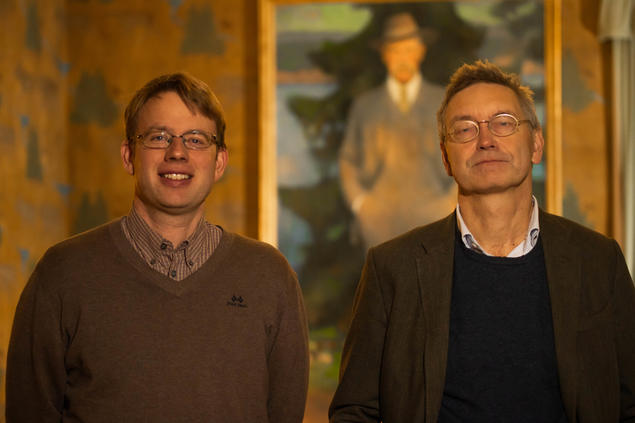FNI has world-class researchers

Two FNI researchers among the World's Most-Cited Scientists
Of all the world’s researchers, two at FNI are among the most-cited scientists across disciplines and countries in 2023. These are Director Iver B. Neumann and Deputy Director Lars H. Gulbrandsen.
Both are also on the list of the highest ranked researchers in International Relations.
‘This recognition brings great pride to the institute’, says FNI research director Regine Andersen happily.
Iver B. Neumann is a distinguished expert on Russia and on diplomacy. Lars H. Gulbrandsen is currently doing research on European climate policy, but his work on transnational environmental governance and non-state actors in international relations is most cited
‘It is hardly unexpected to find Iver on this exclusive list, but I was surprised to hear that my name was there as well’, says Lars H. Gulbrandsen modestly.
Top research not only from universities
‘World-class research comes also from the institute sector, not just from universities. People may think that institutes such as FNI deal mainly with applied contract research, while heavyweight, much-cited academic research comes from the universities. But this list and FNI's high score on publication points clearly show that this is not the case, Gulbrandsen states, with a pleased smile.
Iver B. Neumann adds:
‘Yes, an institute like ours lives from its reports – but we get paid for preparing those reports on the basis of our publications: turning reports into publications is the royal road to maintaining a positive feedback loop.’
‘Research must be fun’
It is remarkable that both the director and the assistant director, with they many administrative duties, manage to spend enough time on research to cut such impressive figures internationally.
‘Iver, how do you juggle being a top researcher and institute director at the same time?’
‘The trick is to take good care of your research libido, see to it that it is fun to do research. Working with others helps, as does grasping all possible opportunities that turn up. There are all kinds of things that get in the way, admin not least, but if you maintain your lust for research, then the publications just keep coming.
‘I’ve spent most of my career in environments that expect you to deliver a steady stream of reports. So it’s also been a question of turning as much of my data as possible into theory-infused narratives that can be published’.
Stanford University, in its World’s Top 2% Scientists 2021, has reviewed a database of publications by eight million researchers worldwide, and selected the two percent who have published the most and been cited the most times. And here we find both Iver and Lars!
Please refer to the articles below for more information:
October 2023 data-update for "Updated science-wide author databases of standardized citation indicators" - Elsevier BV (digitalcommonsdata.com) (see the first excel file).
Our heartiest congratulations to our staff members on their excellent achievement!
